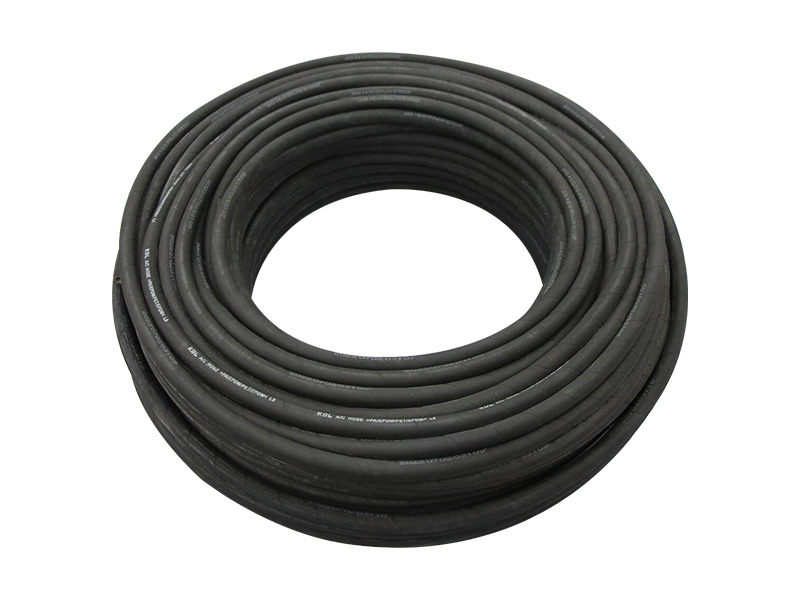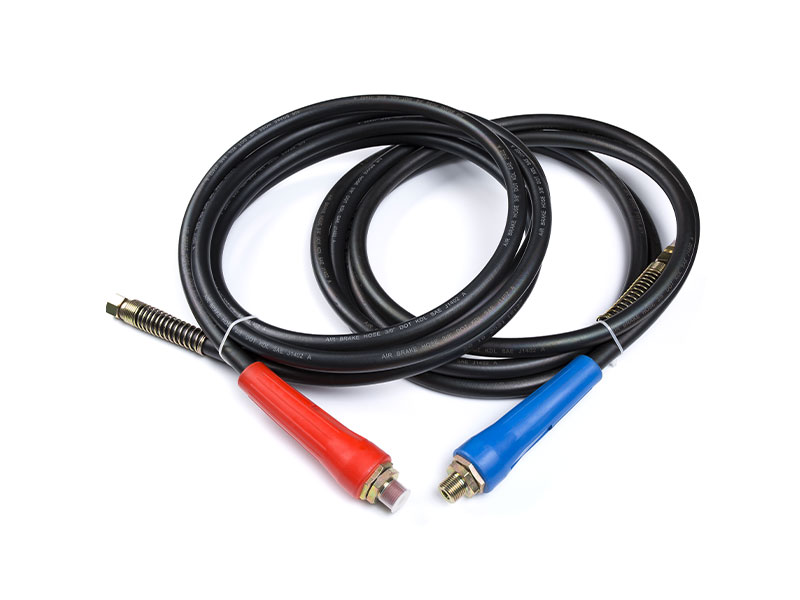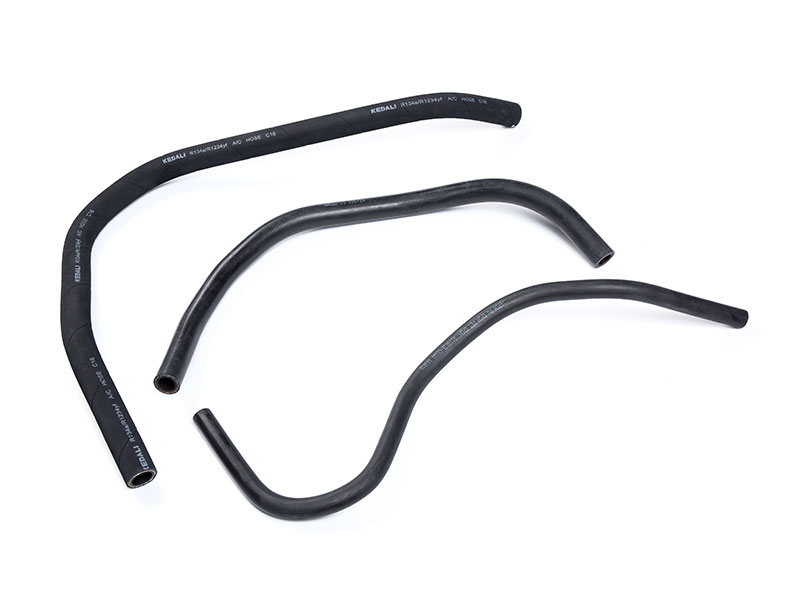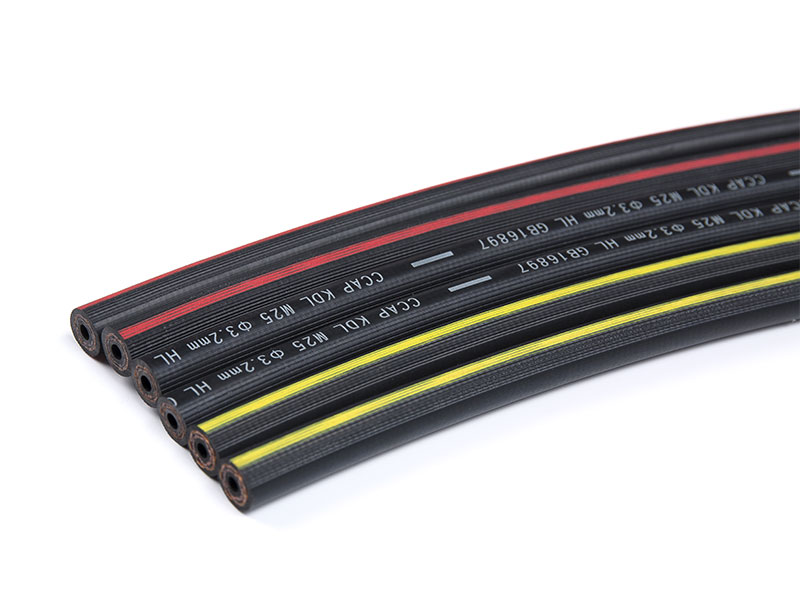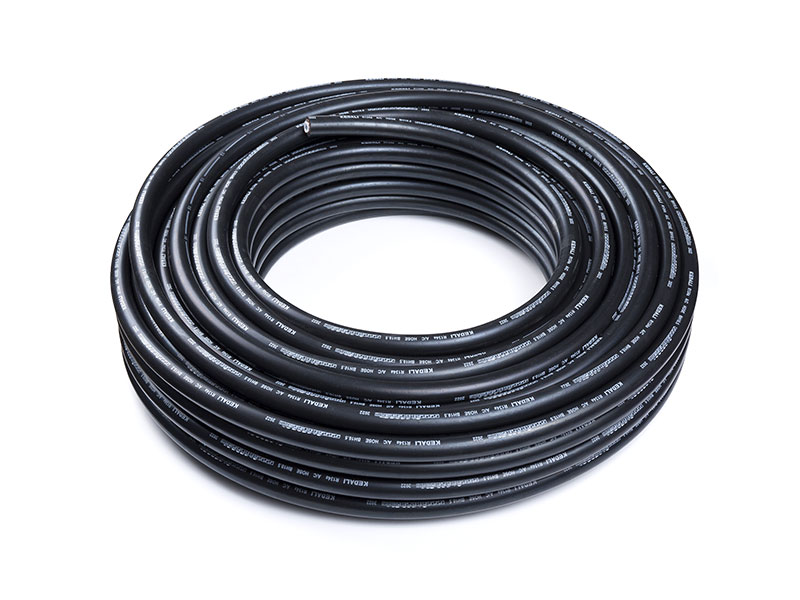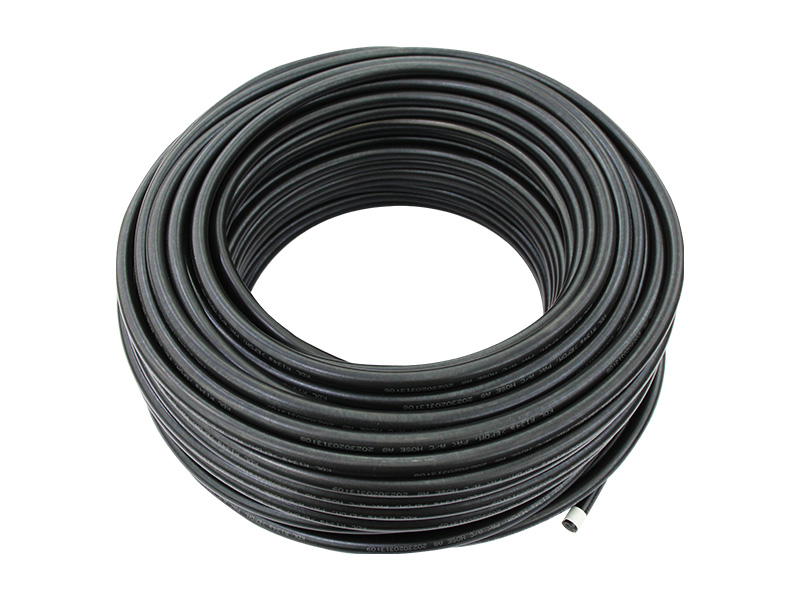In the field of HVAC and automobile manufacturing, Type C air conditioning hose is the core component for refrigerant delivery, and its sealing performance directly affects the energy efficiency and operational safety of the system. According to the data of the 2023 technical white paper of the American Refrigeration Institute (AHRI), the annual loss of refrigerant caused by micro-leakage of pipelines accounts for about 18% of the total system. How to effectively detect leaks with a diameter of less than 0.1mm has become the focus of technical research in the industry.
1. Nitrogen pressurization combined with electronic leak detection method (accuracy 0.01ppm)
Use a nitrogen booster device with metrology certification to increase the pipeline pressure to 1.5 times the working pressure by step-by-step pressurization method (recommended gradient: 0.5MPa→1.0MPa→1.5MPa)
Use a high-precision pressure sensor (±0.25%FS) to monitor the pressure curve during the pressure holding stage, and calculate the theoretical allowable leakage through the pressure drop formula ΔP=(V×ΔT×k)/t
Use a laser spectrum leak detector (INFICON H-10 Pro recommended) to scan along the pipeline joint at a uniform speed of 0.5cm/s. The equipment can identify refrigerant leakage concentrations of R134a/R410a and other refrigerants up to 0.01ppm
2. Helium mass spectrometry vacuum leak detection method (international ISO 20486 certification)
Establish a vacuum test chamber environment and evacuate the pipeline to 5×10^-4 mbar absolute pressure
Inject helium mixed test medium into the pipeline (helium concentration is recommended to be 10%-30%)
Use a magnetic sector helium mass spectrometer leak detector (such as LEYBOLD PHOENIX L300i) to scan the entire pipeline. The system can detect leak rates as low as 5×10^-8 mbar·L/s
III. Ultrasonic imaging positioning technology (non-destructive testing)
When the pipeline is working, a focused ultrasonic probe (frequency range 40-200kHz) is used to capture the turbulent sound waves generated by the leak
The sound wave signal is converted into a visual cloud map through the time difference positioning method (TDoA) to accurately locate the leak point within ±2mm
Industrial-grade acoustic imagers such as Fluke ii900 can penetrate the insulation layer for non-destructive testing.

 EN
EN English
English 中文简体
中文简体 Español
Español Português
Português
